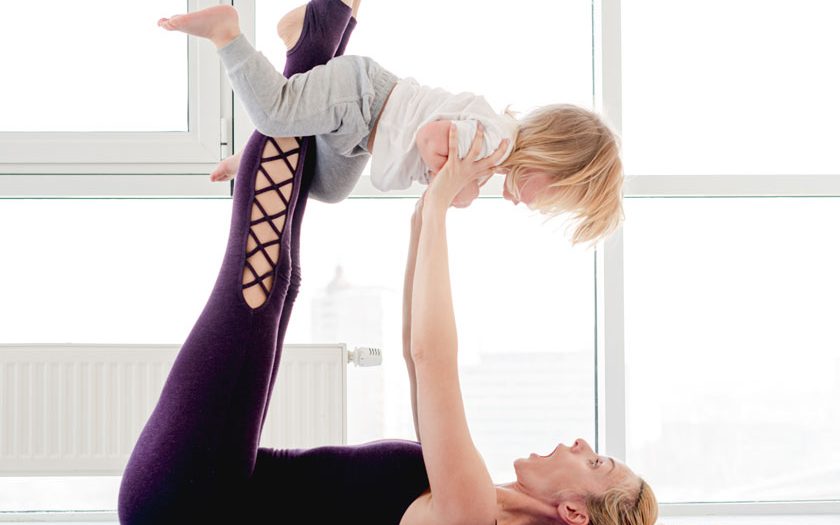As your body goes through a massive transformation during pregnancy, it will take commitment and effort to get back into shape again after you have given birth. Postnatal exercise does more than just help you to lose weight, it also hastens postnatal recovery, raises your energy level, restores muscle strength and even prevents postpartum depression.
How soon can you start exercising after having a baby? You can begin with light exercises like walking and gentle stretches as soon as your feel comfortable doing them. For high impact exercises like running, CrossFit, Zumba classes and other sporting activities, it’s best to wait at least 6 weeks.
According to the MyHEALTH health portal by the Ministry of Health Malaysia, during the first 6 weeks post-delivery, all the exercises should feel comfortable and should not hurt. “However, pelvic floor exercises may feel a little difficult at first. Consult with your obstetric doctor or physiotherapist for more information before starting on any postnatal exercise program,” MyHEALTH advises.
As your core, abdominal muscles and lower back area are weaker than before you were pregnant, it is easy to injure yourself if you overexert in any workout sessions. You are also prone to injury due to a group of hormones called relaxin. Thus, safety is key – always choose low-risk workouts that work with your body instead of those that put stress on your muscles and back. Here are some safe postnatal exercises to consider.
Abdominal and pelvic floor exercises
Postnatal abdominal exercise or “bracing” works to strengthen your core muscles gently and gradually. It is a relatively simple workout: start with lying flat on your back on the floor. Then contract your entire stomach as hard as you can to brace your abdominals. Hold this “brace” for about 5-10 second and then relax.
When you are comfortable with abdominal bracing, you can add on pelvic tilts. With your back still flat on the floor, bend your knees to 90 degrees – ensure your heels are also flat on the floor. Brace your abdominals and tilt or raise your pelvic up by pressing your lower back towards the floor. Only tilt as high as it is comfortable for you. If you feel a strain in your back, lower yourself down until you come to a position that feels good to you. Hold this pelvic tilt for 5-10 seconds along with the abdominal brace, then release and relax.
Brisk walking
Short walks are easy yet helps a lot during your postpartum recovery. Just a 10-minutes’ walk around the neighbourhood helps to get your blood flowing and put you in a better mood. Wear a good pair of running shows, stay well-hydrated and warm up before you start your daily walks. Choose an easy walking route if you are just starting – for instance flat roads instead of hilly and rocky paths. Keep a good posture by keeping your spine straight and pulling in your belly to engage your abdominal muscles.
Postnatal yoga and Pilates
Different poses in postnatal yoga and Pilates can be customized to target specific muscles groups that have weakened during pregnancy. This reduces the risk of injury and is highly beneficial to women who have just given birth. Yoga and Pilates also allow new moms to restore balance and relieve stress.
For safety reasons, it is best to practise postnatal yoga and Pilates with a certified instructor. Start with low-intensity poses and ensure your movements are slow and steady. Anytime that it feels uncomfortable, stop. Focus on strengthening your pelvic floor muscles and make sure you are breathing properly throughout the session.
Some of the safe yoga poses to do include child’s pose, mountain pose, bridge pose and locust pose. When you are starting right after giving birth, avoid poses like bow pose, cobra, deep twists, cat/cow and others that involve intense abdominal strength as you may risk injuring your lower regions or pull a muscle. Only go for advanced poses after you are healed, and your doctor gives you the go-ahead.
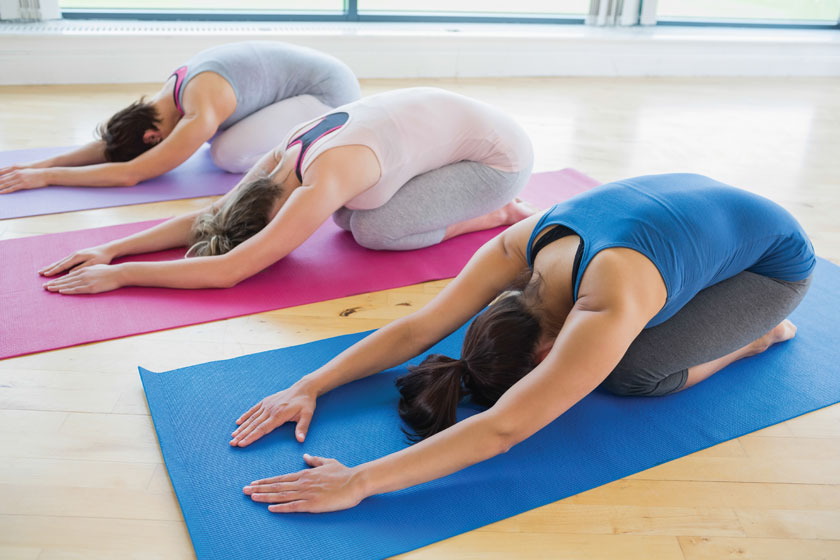
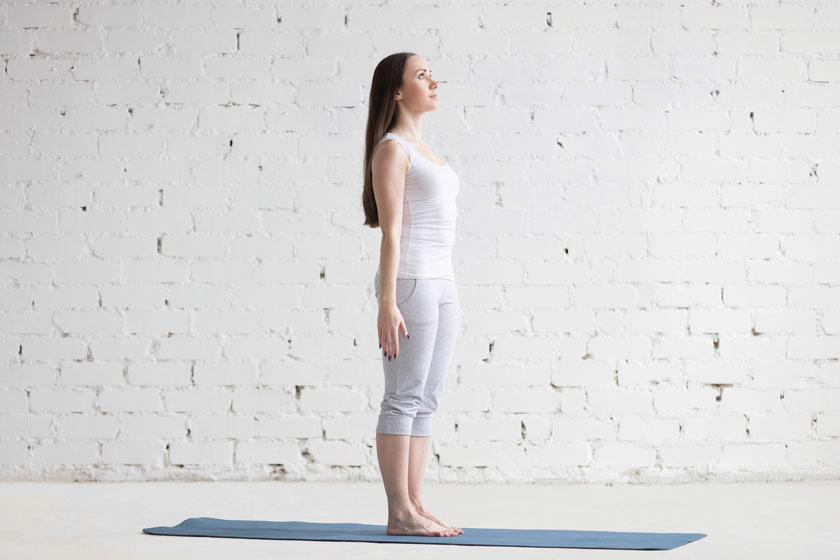
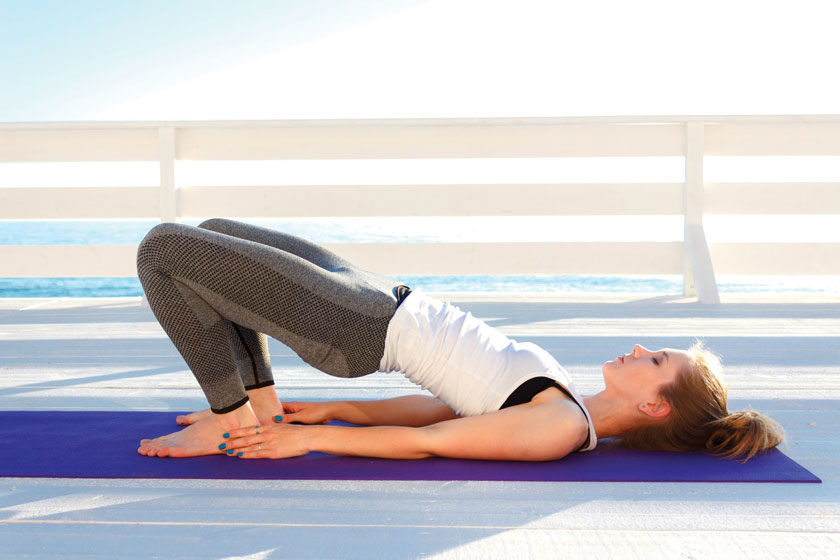
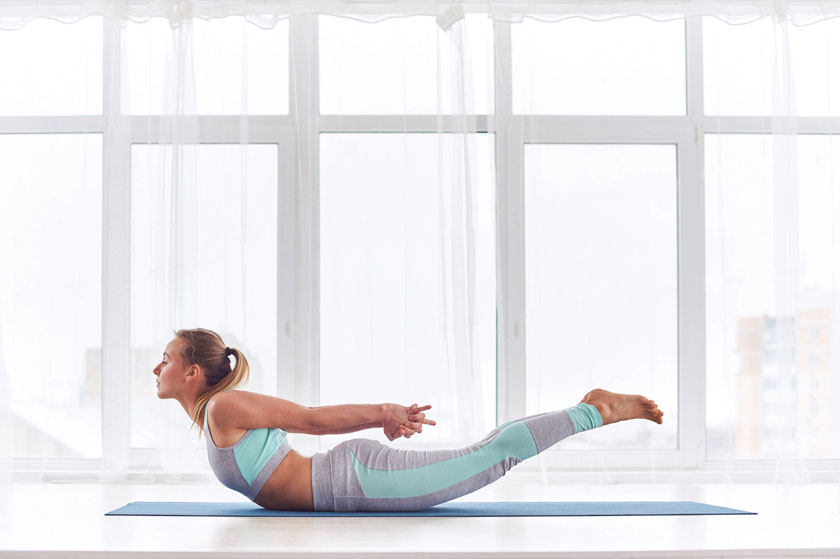
Aqua exercises
If you feel that other types of postnatal workouts are too strenuous for you, swimming or aqua exercises may just be the answer. Refreshing and relaxing, water workouts offer excellent support for your musculoskeletal system.
However, do not start water exercises immediately after childbirth as there is a high risk of infection. Also, doctors recommend that you wait until your lochia or vaginal discharge after childbirth has ceased before you start swimming. According to Johns Hopkins Medicine, the tapering of lochia usually starts between 7 to 10 days after childbirth but will take up to 2 to 4 weeks to stop completely. Additionally, for those who have had a C-section or those who are in postpartum confinement, you may need to wait for a few more weeks before you go into the pool. Like all types of exercises, start slow.
Be Aware of these Warning Signs During Exercise
- Increased fatigue
- Muscle aches and pains
- Colour changes to lochia (post-partum vaginal flow) to pink or red
- Heavier lochia flow
- Lochia starts flowing again after it had stopped
Source: www.myhealth.gov.my/en/exercise-for-postnatal-mother/
Tip: After having a baby, you should get at least 150 minutes of moderate-intensity aerobic activity every week. You can divide the 150 minutes into 30-minute workouts on 5 days of the week or into smaller 10-minute sessions throughout each day. For example, you could go for three 10-minute walks each day.”
Source: www.acog.org/patient-resources/faqs/labor-delivery-and-postpartum-care/exercise-after-pregnancy
Will Exercising Affect Breast Milk Supply?
Rest assured that working out after giving birth would not affect your milk supply. However, there are studies that show vigorous exercise may change the taste of milk due to increased lactic acid levels post-workout.
Reference: Daley AJ, Thomas A, Cooper H, et al. Maternal exercise and growth in breastfed infants: a meta-analysis of randomized controlled trials. Pediatrics 2012 Jul;130(1):108-14
References:
- www.betterhealth.vic.gov.au
- www.pregnancybirthbaby.org.au
- www.nct.org.uk; www.acog.org
- www.myhealth.gov.my


